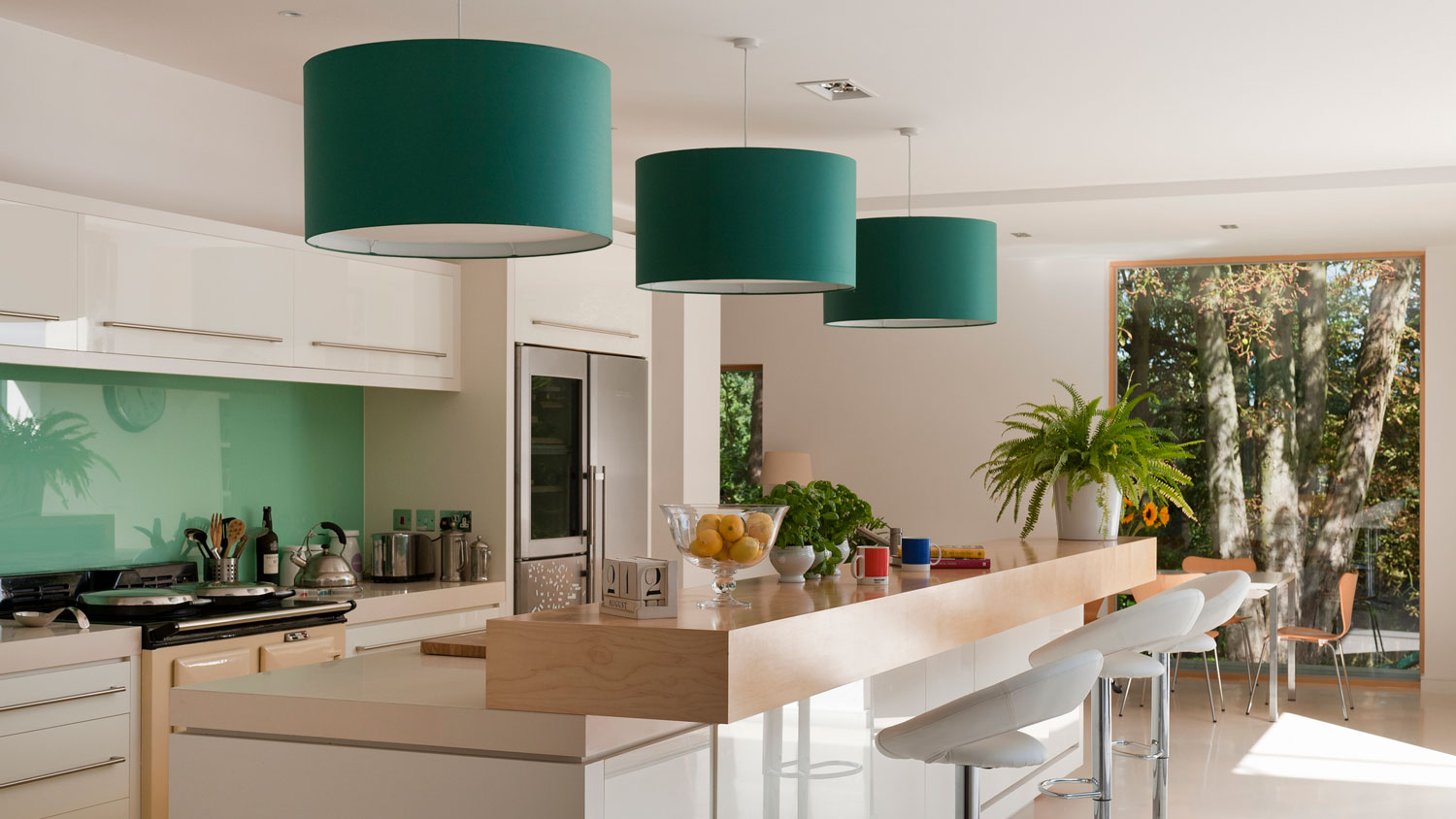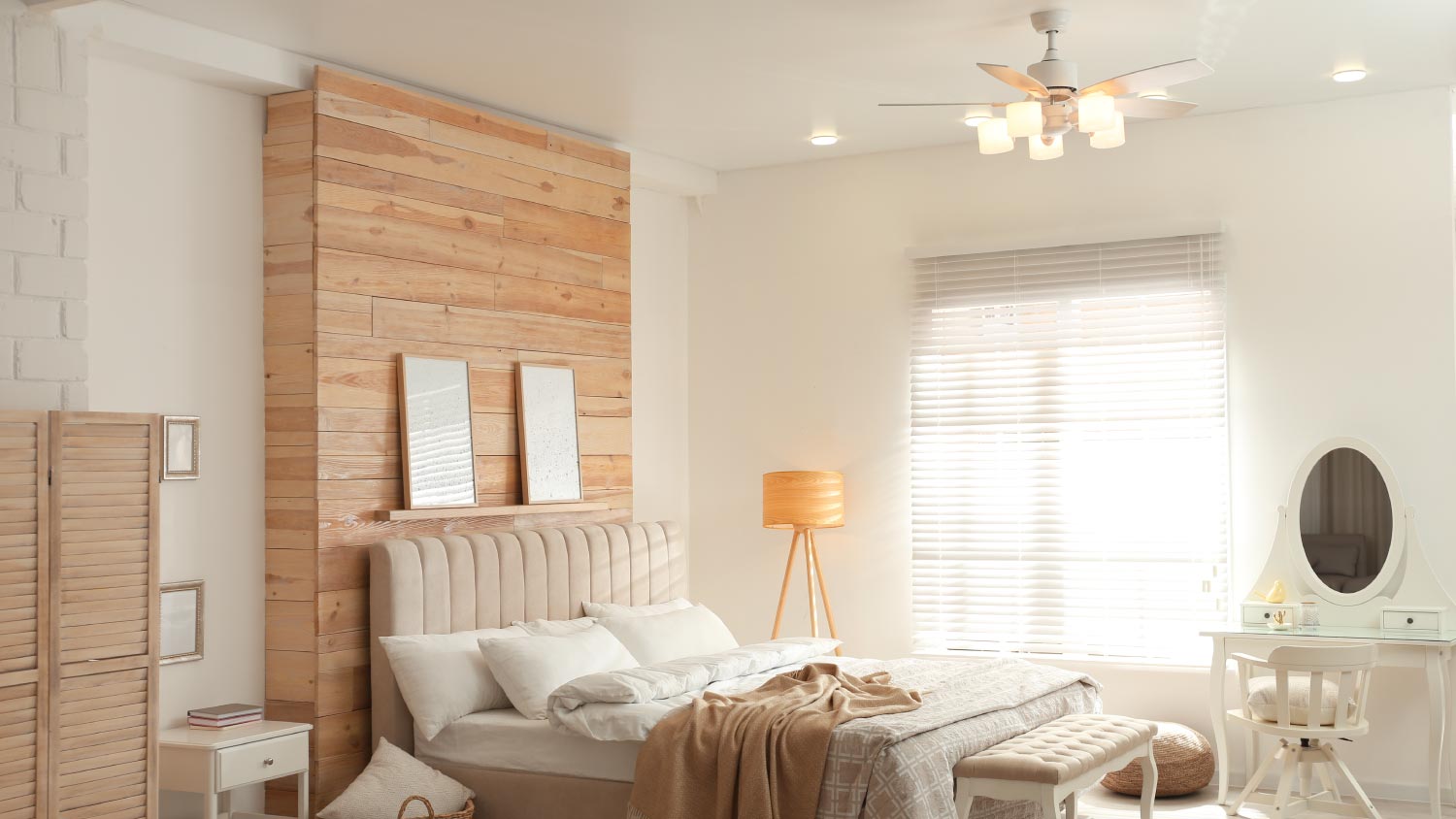
How much does an interior designer cost? Discover average prices, cost factors, and tips to help you budget for your next home design project.
Emerald green is a true gem of a color—here’s how to style it in your space


The folks in the merry old land of Oz were on to something. Emerald green is a brilliant hue that can elevate a space without making it look too bright and colorful. With the right interior design concept, this color can truly shine. Here’s how to decorate your own emerald city.
Emerald is a cool shade of dark green that matches the gemstone of its namesake. It is a member of the jewel tone family, which includes other jewel-inspired colors such as amber, sapphire, amethyst, and ruby.
Emerald is more blue-toned than other earthier, yellow-toned shades of green like forest green, olive green, or kelly green. Because of this, it works beautifully with clean whites and bright golds.
It’s a classy, regal color that is sure to make a brilliant accent for your space. Get in touch with a local interior decorator, or use these ideas to inspire your DIY home design project.
The great thing about emerald green—and all jewel tones for that matter—is that they all work together perfectly. Since the colors are darker and more subdued, you can get away with using a wider variety in your design.
Create an artistic feel by pairing white walls and furniture with turquoise, amethyst, ruby, and other jewel-toned colors. You can also have one dominant jewel tone (think bed linens, curtains, walls, or furniture) and mix it with smaller accents of other tones in your decor.
Emerald green is the perfect color to bring your plant obsession to life. Create an indoor jungle with emerald green walls behind your plant collection (or artificial greenery if you prefer a look that’s low maintenance).
Monstera deliciosa and snake plants both have a rich, dark green hue that works well, but you can also make this work with any plants. Just grab some color strips or paint samples of different emerald shades and see what pairs best with what you have.
Featuring a hue’s complementary color (the color directly across from it on the color wheel) is a surefire way to make it pop. Since complementary colors are exact opposites, this creates bold contrast that can add tons of visual interest to a room.
Red is complementary to green, but in this case, ruby red is ideal for maintaining a harmonious jewel-toned color scheme. When working with this concept, keep in mind that contrasting colors will compete with one another, so you’ll want to keep a primarily emerald color scheme with eye-catching ruby accent colors in artwork, throw pillows, home decor, or area rugs.

If you’re not into a predominantly emerald look, you can add a collection of green accents that will bring this color into a room without overwhelming it. For example, you can pair a white (or neutral) sofa with a coffee table full of emerald coasters, candles, and other decor pieces. Pull the color even more by adding emerald wall art or throw pillows to your design.
Emerald green is a darker color, which means it can swallow a room and make it look smaller when painted throughout. To keep things elegant and airy, go for a single emerald accent wall instead. From there, you can keep the room neutral with a few pops of emerald or go for darker forest green accents. You can also feature gold or other jewel tones in the room—whatever works best for the space (and your taste).

Emerald green might seem like a bold choice for a sofa, but the look is more versatile than you’d think. It acts as a perfect focal point, a key part of any interior design makeover. Choose gold, neutral, or jewel-toned throw pillows to really bring the emerald color to life. Keep the rest of the seating in neutral colors and add emerald blankets or pillows for balance. You can also add small accents of emerald throughout the room to make the colors stand out even more.
Want a colorful yet classy look for your kitchen? Try installing a tile backsplash in emerald green. This style works best if you have white drawers and cabinetry, but feel free to grab a tile sample and see if it works with your setup.

Gold and emerald green work extremely well together, especially against a neutral backdrop. Consider a predominantly white or neutral color scheme with emerald walls, gold-framed artwork, and gold decorative accents. You can also go for a more subdued look by keeping the entire room neutral with a few pops of emerald and gold throughout.
Pattern play creates a symphony of colors and textures within a room—but it’s easy to overdo. The trick is to stick with one bold pattern and pair it with more subdued patterns and textures. In a living room, for example, you could mix velvety emerald throw pillows with paisley patterns and other varying textures. Choose a subtle emerald pattern for your curtains, or go for an emerald green area rug to add even more visual interest.
When paired with rich wooden tones, emerald green gives a look that’s both warm and classic. This concept looks amazing with wooden furniture in a library or home office, but it will work anywhere. Consider adding emerald walls to your kitchen to pair with wooden cabinets or adding an emerald accent wall to match your wooden dining room table or living room furniture.

Emerald green isn’t only harmonious with richer wood tones: It works well with lighter woods as well. Consider an emerald accent wall in a bedroom with white sheets, sandy tan blankets, and beige pillows. Decorate with wicker furniture, wall art, and lighting fixtures.
From average costs to expert advice, get all the answers you need to get your job done.

How much does an interior designer cost? Discover average prices, cost factors, and tips to help you budget for your next home design project.

Discover the average cost of tin ceiling installation, including labor, materials, and key factors that impact your budget. Learn how to save and plan your project today.

Discover average bedroom addition costs, including cost factors, labor rates, and tips to help you budget for your new bedroom addition project.

Create a stunning and functional home or remodel with an interior designer. Follow these common interior design questions to prepare for working with a pro.

There are a lot of crown molding materials to choose from, and you’ll need to know the benefits of each to know how to pick the best one for your needs.

Discover the average cost of stretch ceiling installation, key price factors, and ways to save. Get transparent pricing to plan your stretch ceiling project.